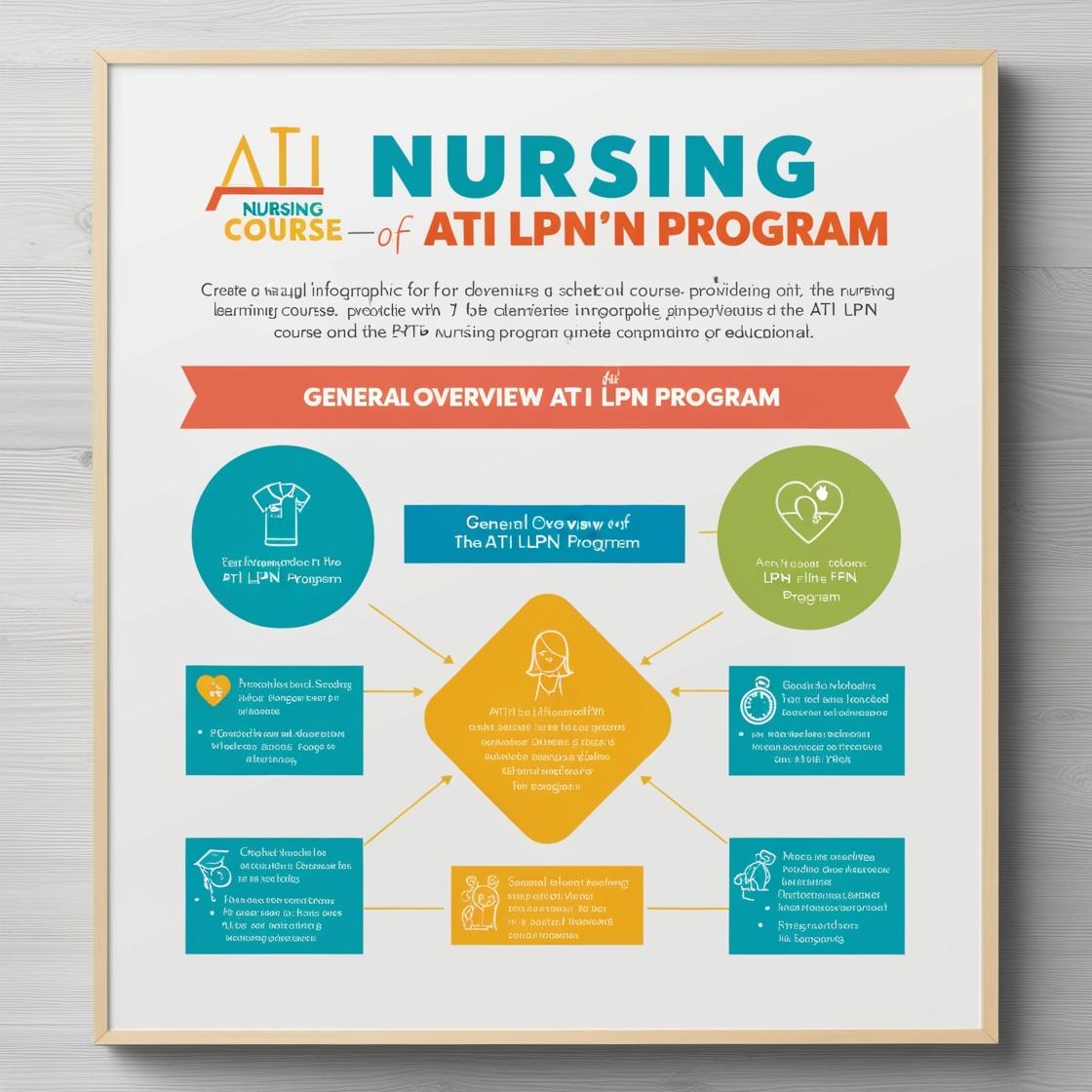LPN LPN
ATI PN Comprehensive Predictor
1. What are the key nursing interventions for a patient with a tracheostomy?
- A. Maintain a patent airway and monitor for infection
- B. Suction airway secretions and provide humidified oxygen
- C. Educate patient on self-care and tracheostomy cleaning
- D. Change tracheostomy ties daily
Correct answer: A
Rationale: The correct answer is to maintain a patent airway and monitor for infection. These are crucial nursing interventions for patients with tracheostomies to ensure adequate oxygenation and prevent complications. Suctioning airway secretions and providing humidified oxygen can be part of the care plan but are not as essential as maintaining a patent airway. Educating the patient on self-care and tracheostomy cleaning is important for long-term management but is not as immediate as ensuring a patent airway and monitoring for infection. Changing tracheostomy ties daily is a specific task related to tracheostomy care but is not as critical as ensuring the airway is clear and infection-free.
2. A nurse is teaching a client with heart failure about dietary restrictions. What food should be limited?
- A. Bananas
- B. Leafy green vegetables
- C. Potatoes
- D. Whole grains
Correct answer: A
Rationale: The correct answer is A: Bananas. Bananas are high in potassium, which should be limited in clients with heart failure to prevent electrolyte imbalances. While leafy green vegetables and whole grains are generally healthy options, they are not typically restricted in heart failure patients. Potatoes, although they contain potassium, are not as high in potassium as bananas and are not usually restricted as strictly.
3. How should a healthcare provider educate a patient with hypertension about lifestyle modifications?
- A. Reduce sodium intake
- B. Increase physical activity
- C. Quit smoking
- D. Avoid alcohol
Correct answer: A
Rationale: When educating a patient with hypertension about lifestyle modifications, reducing sodium intake is crucial as excess sodium can contribute to high blood pressure. While increasing physical activity is beneficial for overall health, it is not the primary lifestyle modification specifically targeted at hypertension. Quitting smoking and avoiding alcohol are important for general health but are not the first-line lifestyle modifications recommended for hypertension. Therefore, the correct answer is to reduce sodium intake.
4. While performing assessments on newborns in the nursery, which finding should the nurse report to the provider?
- A. A two-day old newborn with a respiratory rate of 70.
- B. A 16-hour old newborn who has not passed meconium yet.
- C. A two-day old newborn with a small amount of blood-tinged vaginal discharge.
- D. A 16-hour old newborn with a blood glucose of 45 mg/dL.
Correct answer: A
Rationale: A respiratory rate of 70 in a two-day old newborn is above the normal range and should be reported to the provider. This finding may indicate respiratory distress or another underlying issue that needs prompt attention. Choices B, C, and D are within normal limits for newborns and do not require immediate reporting to the provider.
5. A client who is postoperative following a cholecystectomy has a urine output of 25 mL/hr. Which of the following findings should the nurse report to the provider?
- A. Abdominal pain radiating to the right shoulder.
- B. Absent bowel sounds.
- C. Brown drainage on the surgical dressing.
- D. Urine output of 25 mL/hr.
Correct answer: D
Rationale: A urine output below 30 mL/hr indicates a potential complication, such as hypovolemia or renal impairment, and should be reported. Abdominal pain radiating to the right shoulder can be common after a cholecystectomy due to referred pain from the diaphragm, whereas absent bowel sounds may be expected temporarily postoperatively. Brown drainage on the surgical dressing is typical in the early postoperative period and may represent old blood or other normal discharge.
Similar Questions

Access More Features
ATI LPN Basic
$69.99/ 30 days
- 50,000 Questions with answers
- All ATI courses Coverage
- 30 days access @ $69.99
ATI LPN Premium
$149.99/ 90 days
- 50,000 Questions with answers
- All ATI courses Coverage
- 30 days access @ $149.99
